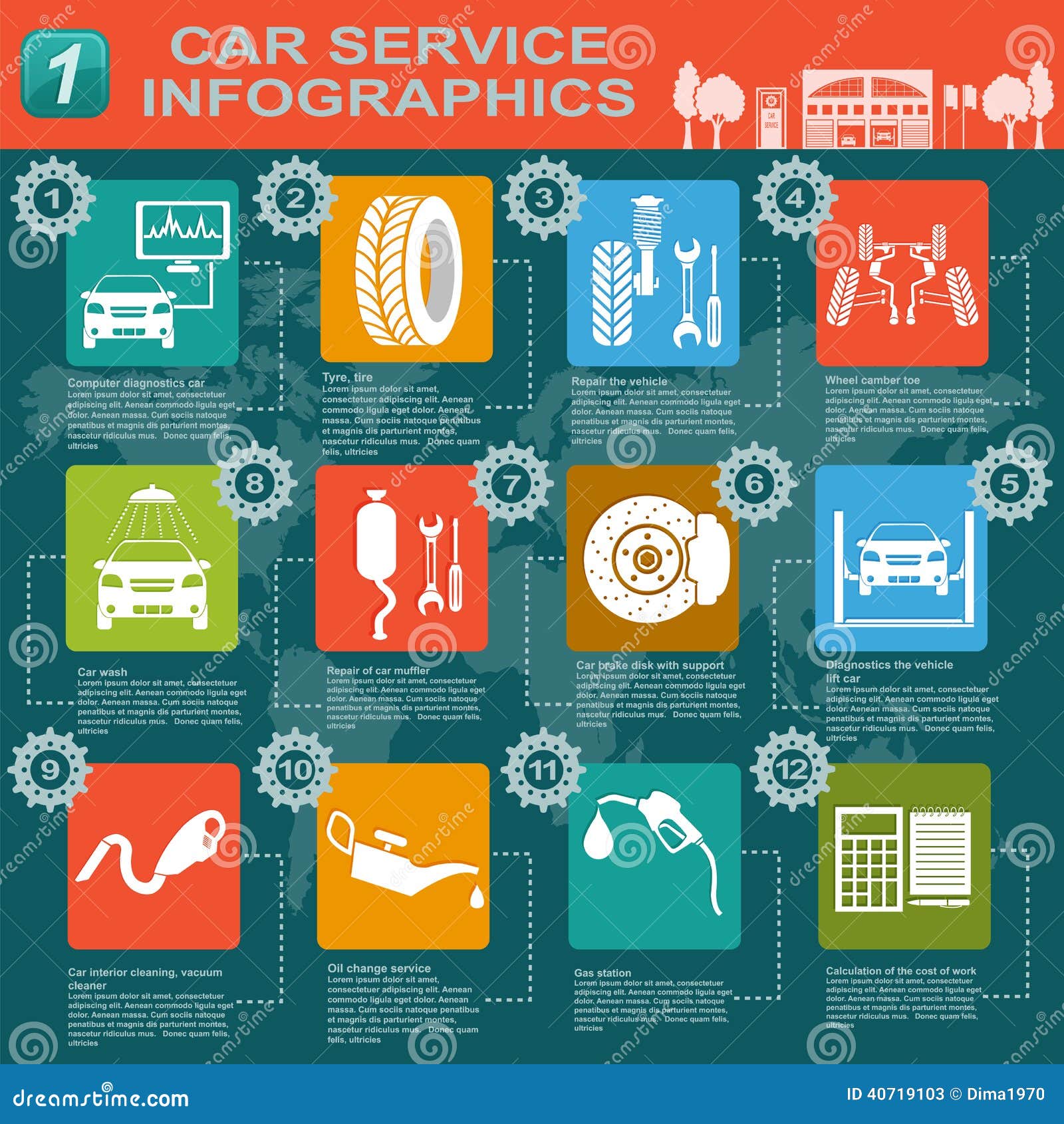Comprehending The Importance Of Your Vehicle'S Warning Signals: What They Actually Represent
Comprehending The Importance Of Your Vehicle'S Warning Signals: What They Actually Represent
Blog Article
Produced By- car detailing expert
When you lag the wheel, those radiant warning lights on your dashboard can be a bit puzzling. Do you know what they're trying to tell you about your auto's wellness? Comprehending the relevance of these lights is crucial for your safety and security and the long life of your car. So, the following time one of those lights appears, would not you want to analyze its message accurately and take the required actions to address it?
Common Caution Lights and Interpretations
Identify common caution lights in your cars and truck and understand their definitions to make certain secure driving.
The most normal warning lights include the check engine light, which signals concerns with the engine or discharges system. If this light begins, it's vital to have your vehicle inspected without delay.
https://transmission-oil-change27161.frewwebs.com/31803175/disclosing-the-essentials-of-a-first-class-auto-service-center-experience warning light indicates reduced oil pressure, requiring immediate attention to prevent engine damages.
A blinking battery light might recommend a malfunctioning charging system, possibly leaving you stranded if not dealt with.
The tire stress monitoring system (TPMS) light alerts you to low tire stress, influencing car stability and fuel efficiency. Overlooking this might bring about harmful driving problems.
The ABS light shows a problem with the anti-lock stopping system, jeopardizing your ability to quit swiftly in emergencies.
Lastly, the coolant temperature warning light warns of engine getting too hot, which can lead to extreme damage if not dealt with quickly.
Understanding these typical caution lights will certainly help you resolve issues promptly and keep safe driving conditions.
Relevance of Prompt Attention
Understanding the common caution lights in your automobile is only the first step; the relevance of quickly resolving these cautions can not be emphasized sufficient to guarantee your safety and security when traveling.
When a caution light brightens on your dashboard, it's your automobile's method of interacting a possible concern that needs interest. Overlooking these warnings can bring about more severe issues in the future, jeopardizing your safety and security and possibly costing you much more in repairs.
Motivate focus to warning lights can stop break downs and accidents. For example, a blinking check engine light can indicate a misfire that, if left unattended, could cause damages to the catalytic converter. Addressing this quickly can conserve you from an expensive repair work.
Similarly, a brake system advising light might signify reduced brake liquid or used brake pads, critical components for your safety when driving.
Do It Yourself Troubleshooting Tips
If you see a caution light on your control panel, there are a few do it yourself fixing tips you can attempt prior to looking for expert help.
The very first step is to consult your auto's guidebook to recognize what the particular caution light shows. In some cases the issue can be as easy as a loosened gas cap activating the check engine light. Tightening the gas cap might deal with the issue.
An additional usual concern is a reduced battery, which can cause various advising lights. Inspecting the battery connections for deterioration and ensuring they're protected may fix the issue.
If a warning light persists, you can attempt resetting it by detaching the automobile's battery for a few minutes and afterwards reconnecting it. Additionally, checking your car's liquid levels, such as oil, coolant, and brake liquid, can assist troubleshoot advising lights associated with these systems.
Final thought
To conclude, recognizing your cars and truck's caution lights is necessary for keeping your car running efficiently and securely. By without delay addressing these alerts and knowing what they suggest, you can prevent costly repairs and possible break downs.
Keep in mind to consult your automobile's manual for specific details on each cautioning light and take action as necessary to ensure a hassle-free driving experience.
Stay notified, remain safe on the road!
